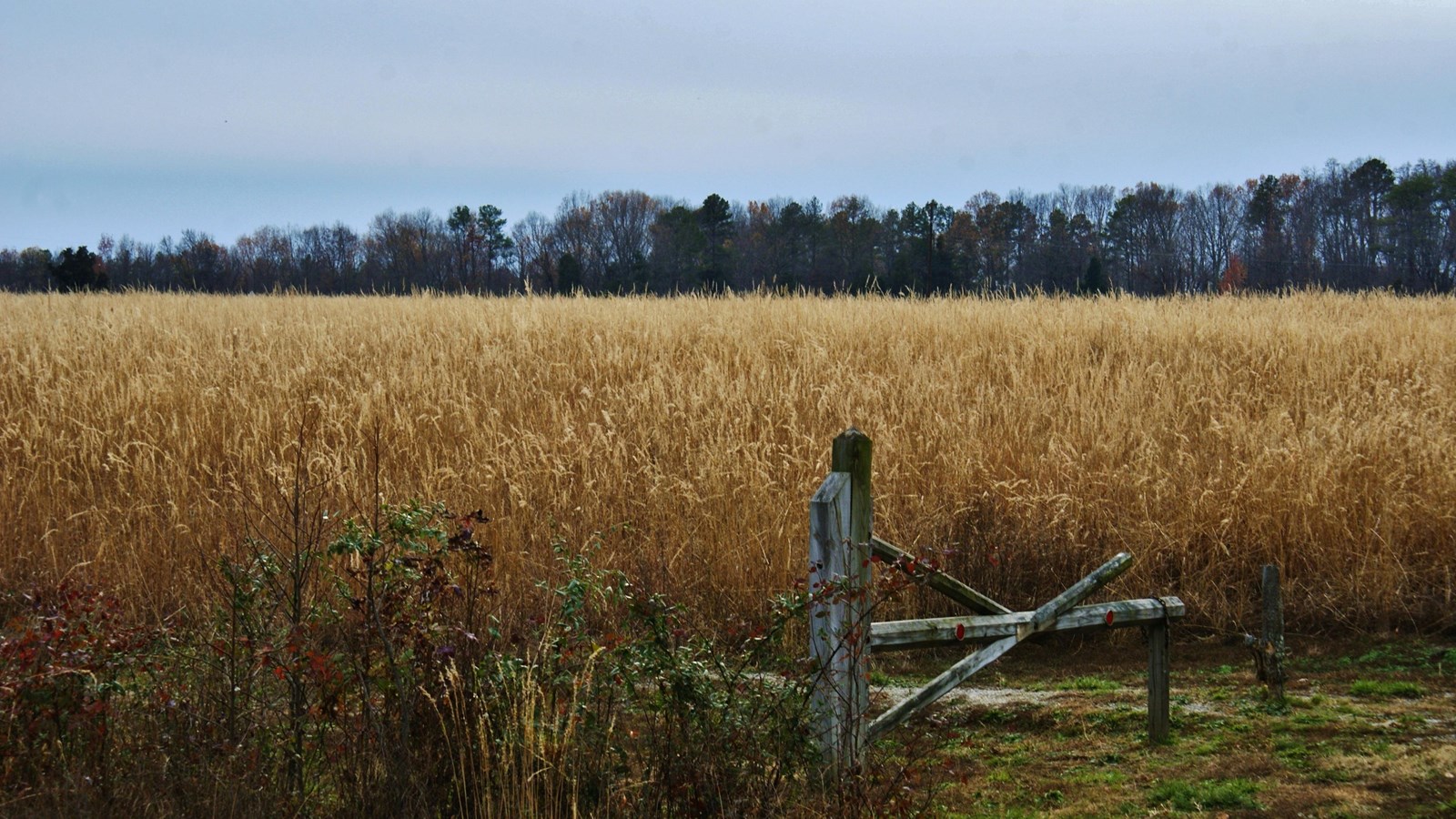Last updated: April 13, 2025
Place
Gaines' Mill Battlefield - Confederate Position

NPS
Finally, around 7 p.m.—less than an hour before sunset—all of General Lee’s troops were in place to launch a full-scale attack along the entire battle line.
Confederate forces broke through the Fifth Corps' defenses in two places—on the left and at the center. The U.S. position quickly collapsed, and General Porter’s men fled in disarray toward the bridges over the Chickahominy in darkness.
When the Battle of Gaines’ Mill ended, almost 7,000 United States soldiers were killed, wounded, or captured. It was Lee’s first battle victory as commander of the Army of Northern Virginia, but it had come at the high cost of some 9,000 Confederates killed, wounded, and captured.
The attack at Gaines’ Mill by some 55,000 Confederates was the largest mass assault of the Civil War – more than quadruple the size of the famous Pickett’s Charge or Longstreet’s Assault at Gettysburg that would occur a year later.
Lee’s victory at Gaines’ Mill proved that a massed frontal assault against a defending enemy could be successful, but at a high cost. Frontal assaults like this one would be attempted again, many times, for the next three years of war, but after this first demonstration at Gaines’ Mill, they would rarely succeed again.
On June 28th, the now combined Army of the Potomac marched determinedly south, toward the James River, pursued by Lee’s Army of Northern Virginia. Follow the driving tour route for 15 miles to cross the Chickahominy and trace the path of the U.S. Army’s fighting retreat. Along the way to stop #5, you’ll pass the Trent House, which served as the headquarters for General McClellan during the opening days of the Seven Days battles, and you will pass the site of Savage’s Station, where the Confederate pursuit nipped at the rear portion of the U.S. Army retreat, capturing tons of supplies and hundreds of wounded soldiers, left behind in the rush toward establishing a new base on the James.
Confederate forces broke through the Fifth Corps' defenses in two places—on the left and at the center. The U.S. position quickly collapsed, and General Porter’s men fled in disarray toward the bridges over the Chickahominy in darkness.
When the Battle of Gaines’ Mill ended, almost 7,000 United States soldiers were killed, wounded, or captured. It was Lee’s first battle victory as commander of the Army of Northern Virginia, but it had come at the high cost of some 9,000 Confederates killed, wounded, and captured.
The attack at Gaines’ Mill by some 55,000 Confederates was the largest mass assault of the Civil War – more than quadruple the size of the famous Pickett’s Charge or Longstreet’s Assault at Gettysburg that would occur a year later.
Lee’s victory at Gaines’ Mill proved that a massed frontal assault against a defending enemy could be successful, but at a high cost. Frontal assaults like this one would be attempted again, many times, for the next three years of war, but after this first demonstration at Gaines’ Mill, they would rarely succeed again.
On June 28th, the now combined Army of the Potomac marched determinedly south, toward the James River, pursued by Lee’s Army of Northern Virginia. Follow the driving tour route for 15 miles to cross the Chickahominy and trace the path of the U.S. Army’s fighting retreat. Along the way to stop #5, you’ll pass the Trent House, which served as the headquarters for General McClellan during the opening days of the Seven Days battles, and you will pass the site of Savage’s Station, where the Confederate pursuit nipped at the rear portion of the U.S. Army retreat, capturing tons of supplies and hundreds of wounded soldiers, left behind in the rush toward establishing a new base on the James.
